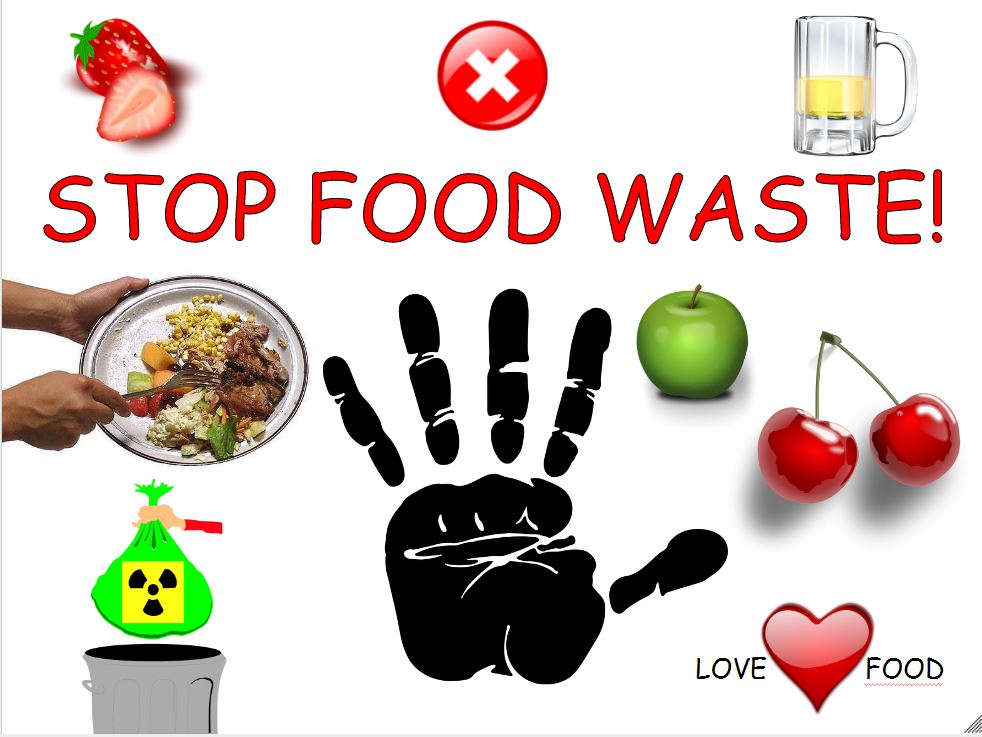For example:
- Develop capacities of food producers to adopt post-harvest technologies
- Revise those sell by expiration dates, so perfectly safe food is not discarded.
- Launch awareness raising campaigns to inspire consumers to whatever steps they can to stop food wastage.
- Reduce landfills through investments in transforming food waste into compost and biogas .
The solution starts with you. Each producer, supermarket, household, restaurant and nation as a part to play. It will take the commitment of all to reduce food loss and waste. So that all the natural resources used to produce food will end up as meals for the world´s population instead of as garbage in land fills.
Miška
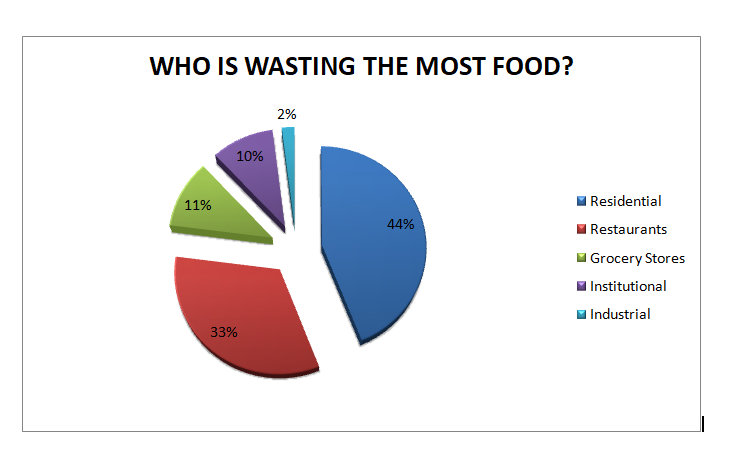
When is food wasted?
Between leaving the farm and reaching our plate, food go through the number of stages making up what we call food chain. Unfourtunately, food is wasted across the whole chain and that is not all. When we waste food, we are also wasting all the resources that went into its production like land, water, effort and energy. Just think of bread and the long long way from the farm to our table. Did you know, that to make a loaf of bread you need 1 000 liters of water? Moreover, rotting food in landfill sites offer very strong harmful gas called methane CH4. This means that food waste harms the enviroment leading to climate change.
Here comes the good news though. By following some simple tipps we can all help reduce food waste at home, save money, help the enviroment and support people in need. All together we can can help our community. We just need to take an action and care for each other.
Miška It´s easy. Start by keeping notes of the food your family throws away and try to see why. Find out what went wrong and think about how you can change habits and reduce food waste at home. 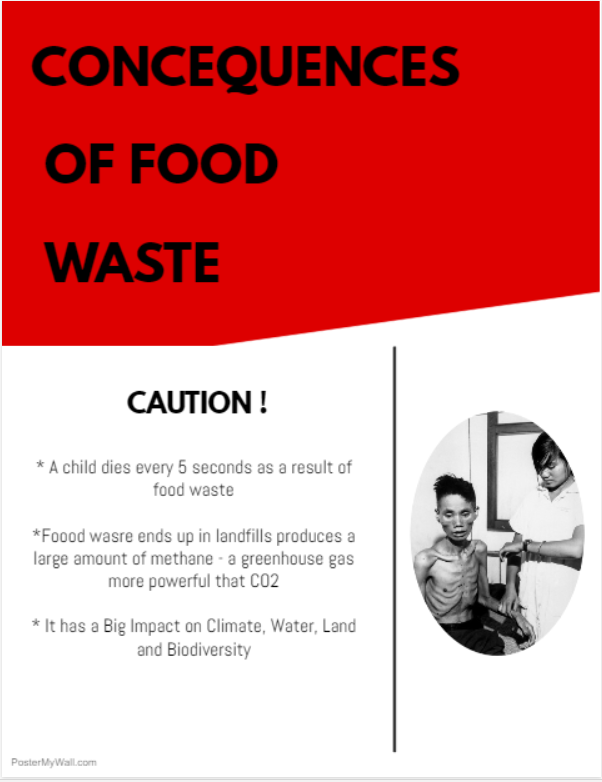
Shop smart and get everyone in your family involved. check what is already in the fridge and in the cupboards.
Plan your meals and make a shopping list before going to buy food.
Do not buy with your eyes. Did you know that many fruits and vegetables are thrown away, just because they look wierd? It doesn´t matter if these apples don´t have a normal shape or size,they taste great and they re good for you.
Alwaye read expiration dates correctly. let me explain: used by appears on food which goes quickly and is about food safety. Best before is all about quality, appearance, texture, maybe taste, but that´s all. It is still safe to eat for some time beyond the best before date so trust your own sences - does it smell of, what does it look like....
Try smaller portions to avoid waste. If you clear your plate, you can ask for more. Do the same in restaurants and if there is still surplus, always take leftovers home. You can always store or freeze any leftovers for another time. Fruit and vegetables, of course, make delicious soups, smoothies, juices or preserves.
Or, of course, donate surplus food. It is easy to get involved with saving food and offering it to people in need in your very own neighbourhood.
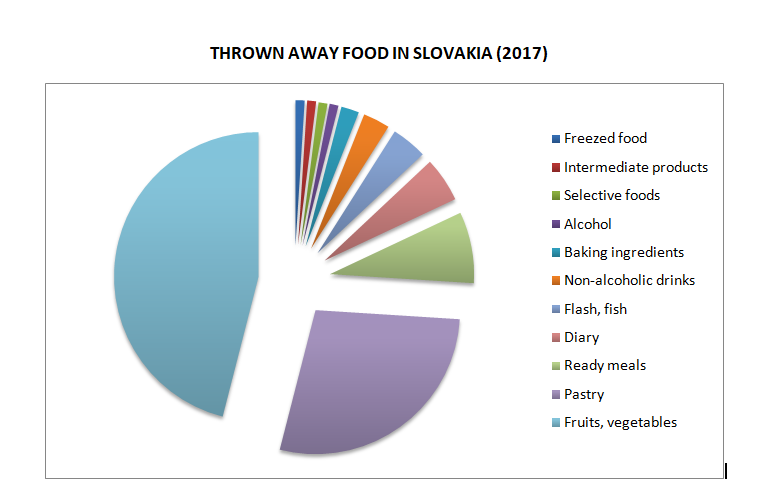 Miška
Miška
FOOD WASTE: a shame for human kind and for the environment
IN THE WORLD: EVERY YEAR - one-third of the annual food production ends up in the trash --> 1.3 billoin tons --> enough to feed 4 times 868 million starving people --> 12% of world population
IN NORTH AMERICA: EVERY YEAR EACH PERSON WASTES - 498 m2 of arable land -> equal to more than 1 basketball court
IN EUROPE: EVERY YEAR EACH PERSON WASTES - about 262,000 Kcal equal to 375 meals more than one a day
IN ITALY: IN ONE YEAR 6,6 million tons of food are wasted, about 110 kg per person, 1/3 of italian population
WHAT CAN YOU DO?
Reduce wastes - every time you thrown an apple you waste 70 litres of water
Reuse leftovers
Redistribute surplus
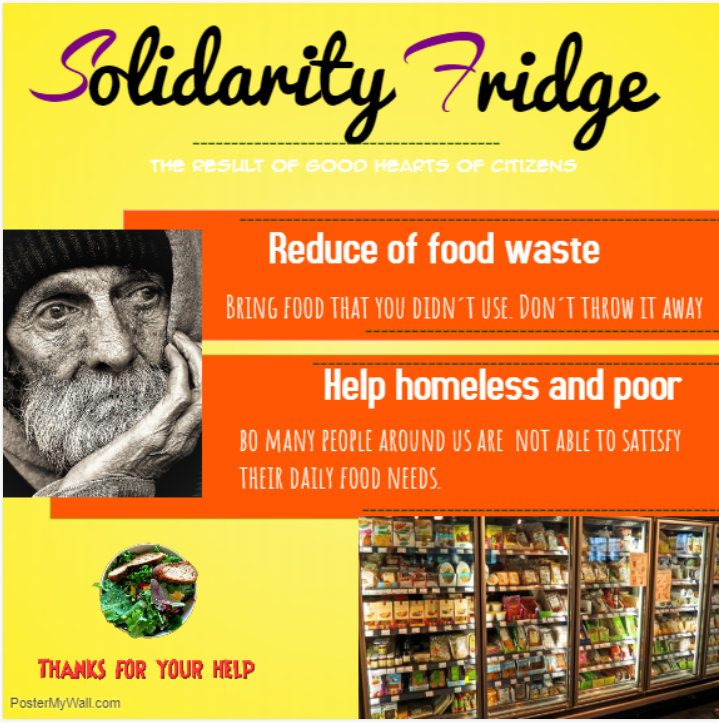 MIška
MIška
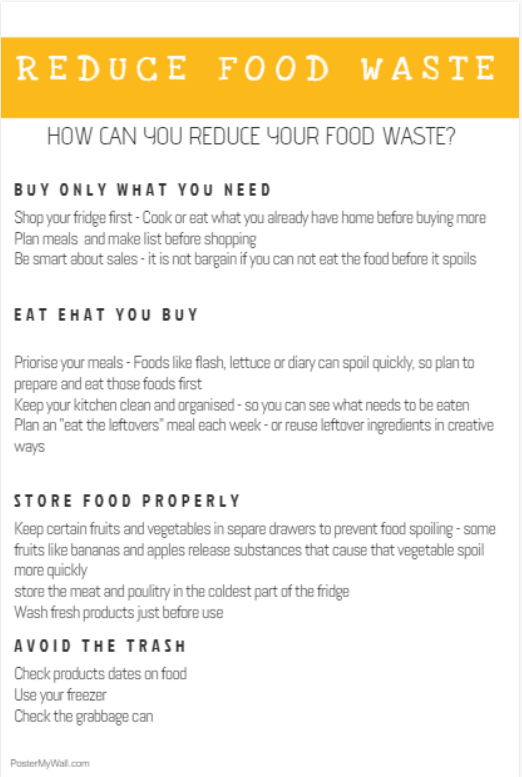
Dear Minister,
Considering food waste as a big problem of modern society, we decided to write you a letter.
About a third of food produced around the world is not used or discarded. Food waste is not only a premature opportunity to feed hungry. It also represents a significant loss of other resources, such as land, water, energy - and labor.
Food clutter causes environmental and ethical problems and economic and social costs.
We would like to propose a few ways and solutions to rectify the waste and thus to address environmental problems.
Our ideas:
1. Raise public awareness of the value of food and agricultural production, the causes and consequences of food waste and how to limit it.
2. Promote food education at all levels including secondary schools and, for example, explain how to store and prepare food and how to dispose of it.
3. Optimize the size and type of food packaging, allowing consumers to buy adequate quantities.
4. Promote local markets as they are environmentally sustainable.
5. Spill throughout Europe the idea of solidarity fridge that is not known to all. The concept is that one or more fridges are installed in the cities and are free of access to the population but more specifically for the homeless. The fridges are filled with food that has not been consumed and wasted and can still be eaten.
We hope that you will read this letter.
Yours sincerely
Team coconut
Miška